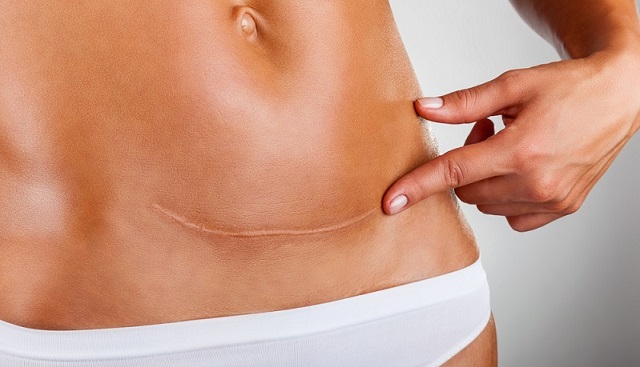
Risks remain whether it’s choice or forced
Solomy Mukiibi never planned on delivering through C-section. In fact, she had two normal deliveries before her third baby brought the unexpected. It started when she stopped feeling the rolling sensation of her baby’s movements.
“The midwives and obstetrics gynecologists quickly realised something was wrong as the baby’s heart rate kept dropping from the normal 160 to just 40 beats per minute,” said Mukiibi, “They had to do an emergency C-section”.
She had been made to believe that C-section easier and safe. But for her, it turned out to be agony. She suspects something went wrong because she had to spend another hour being “mended”. This also came with so much pain that it led Mukiibi to decide to be sterilised. So what could have gone wrong? Isn’t C-section delivery supposed to be easy, less painful, and safe?
Dr. Richard Billy Ndiwalana, the head of obstetrics and gaenacologists at Mengo hospital in Kampala says not always. He says, in his experience, recalls a delivery where a first time mother bled so much to the extent that by the time the baby was delivered, it had already breathed her last. As if that was not enough, the woman continued bleeding so badly to the extent that the doctors were forced to remove the uterus to save her life.
Ndiwalana says C- sections are risky and should be contemplated only for purposes of saving life of a mother, baby or both.
Ironically, Ndiwalana says, there is an increase in the number of cesarean births in Uganda. At Mengo Hospital between 12 and 15 mothers delivered daily and between five and seven of those are cesarean sections. At Mulago National Referral Hospital, between 80 and 100 mothers are delivered daily and a few are C-sections.
Ndiwalana says the increase in the number of first time mothers of advanced ages between 35 and 40 years, could be a factor. He says at this age, they are at the end of their reproductive life and they have fewer chances of delivering normally.
“At 35 years and beyond, the fertility of a woman automatically starts to go down which increases the chances of going delivering through cesarean,” says Dr Ndiwalana. He says, however, that if a mother had a cesarean section at first because of some reasons, many of them request to have it at a second time. He says that could be the right decision because such women are already high risk.
Ndiwalana does not mention wealth, but a World Health Organisation (WHO) report on “Trends in caesarean delivery by country and wealth quintile: cross-sectional surveys in southern Asia and sub-Saharan Africa” relates an increase in cesarean births to wealth.
The report indicates that caesarean rates are higher amongst the urban richer than the rural richer and rural poorer. The report indicates that between 2003 and 2011, caesarean rates amongst the urban richer measured at 13.9% compared to 2.7 and 5.9% amongst the rural poorer and rural richer respectively.
Ndiwalana, however, says one positive from the increased C-sections is the fewer babies dying at birth. Some of these could have died due to prolonged or obstructed labour if obstetrician gynecologists or mid wives did not intervene with C-sections.
 The Independent Uganda: You get the Truth we Pay the Price
The Independent Uganda: You get the Truth we Pay the Price


